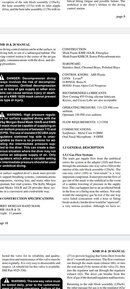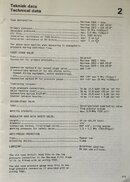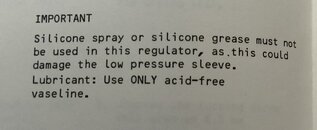- Messages
- 8,632
- Reaction score
- 7,339
- # of dives
- 2500 - 4999
Vaseline, just to reiterate, is not and never has been an acceptable lubricant or assembly grease for a scuba regulator.
Sadly, that hasn't always been the case -- but YIKES to this thread . . .
What's this, old Poseidon outside the reg protection not a lube nor assembly grease






